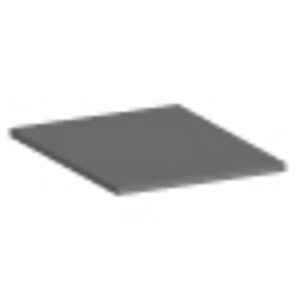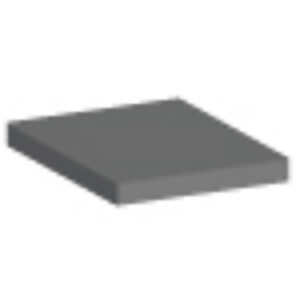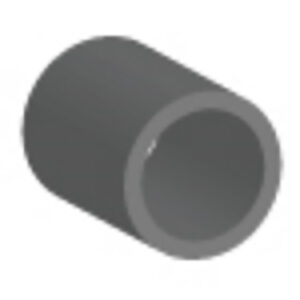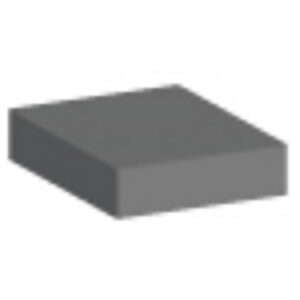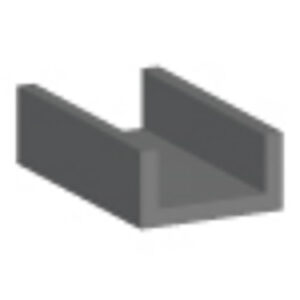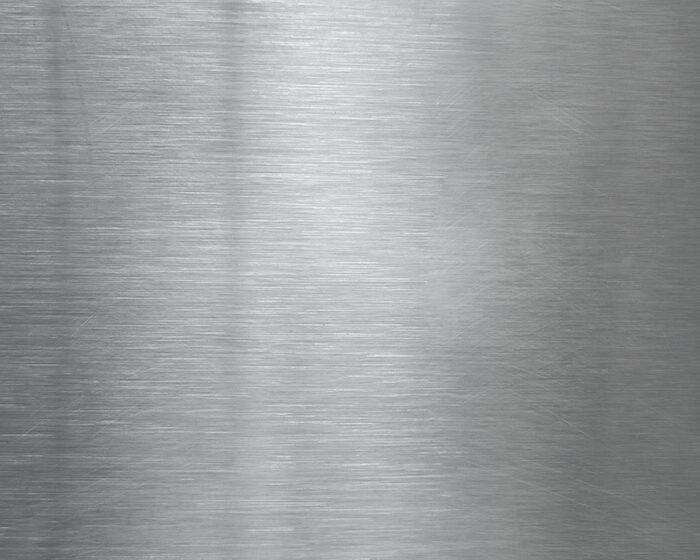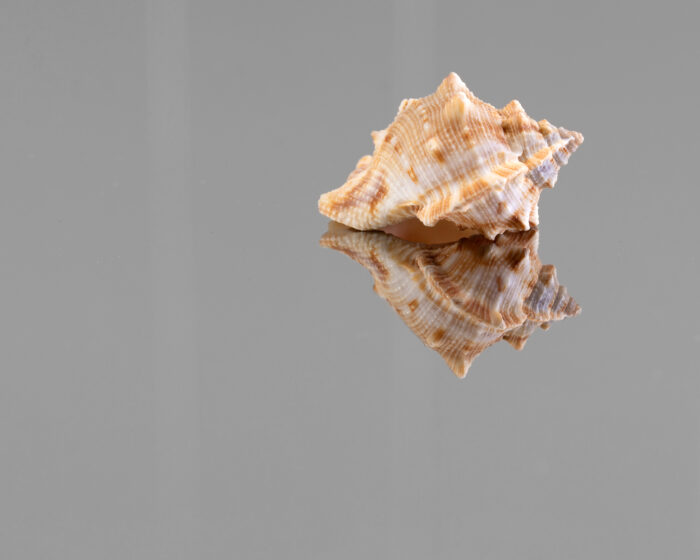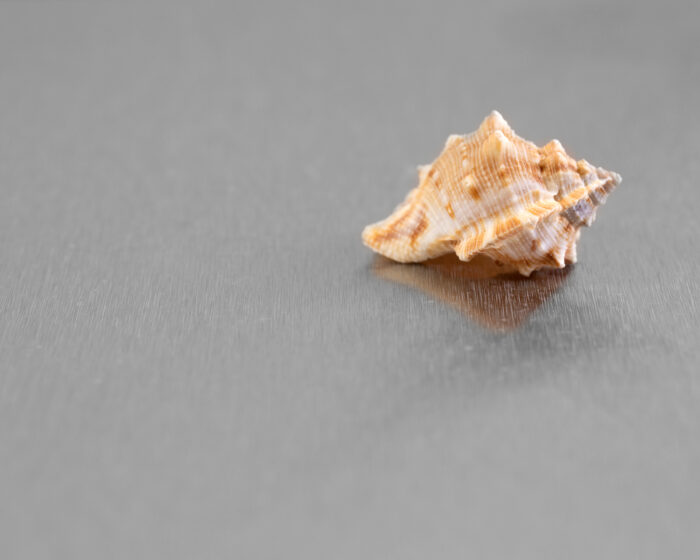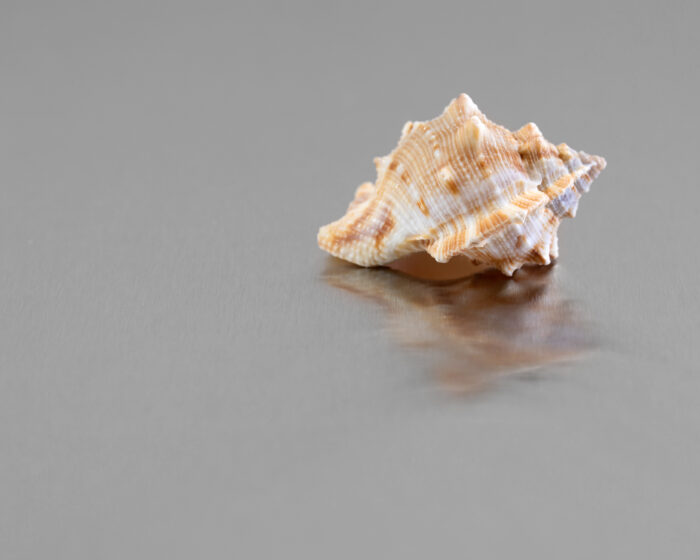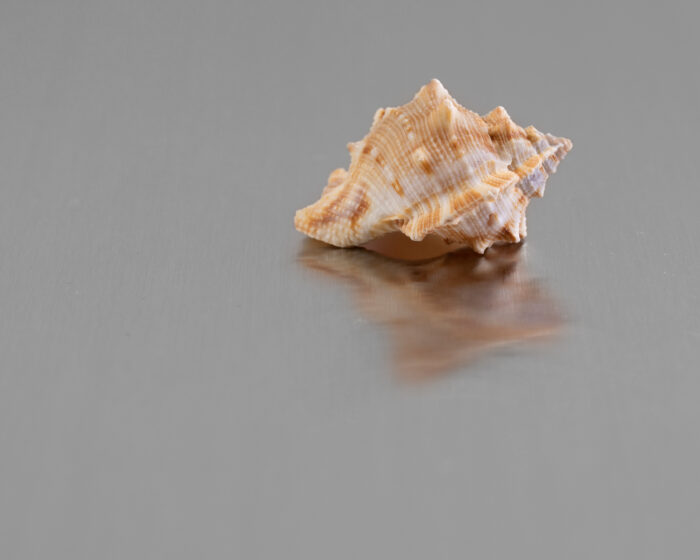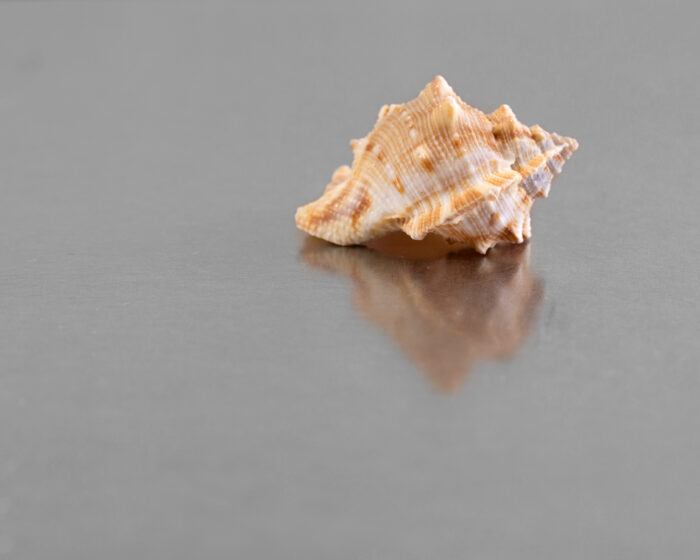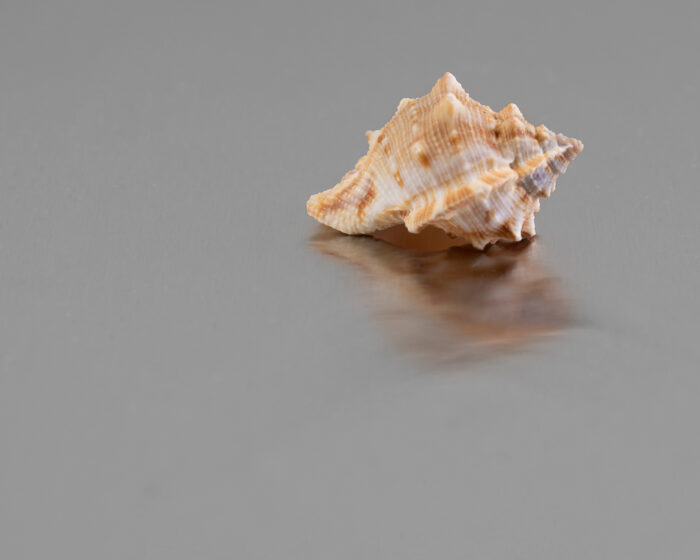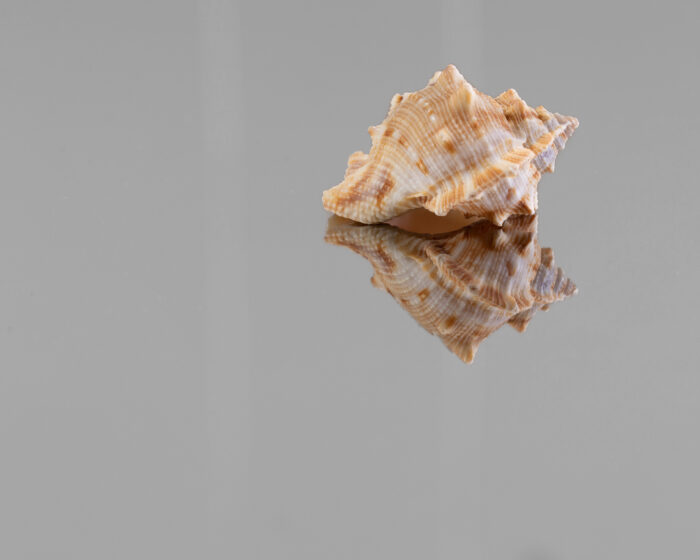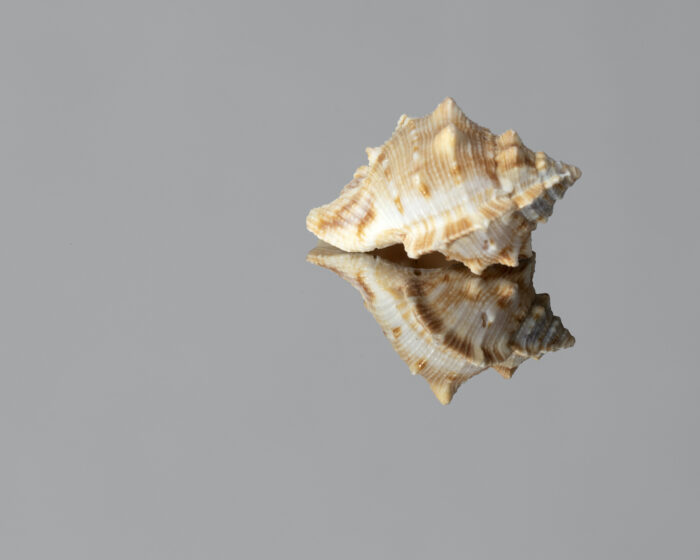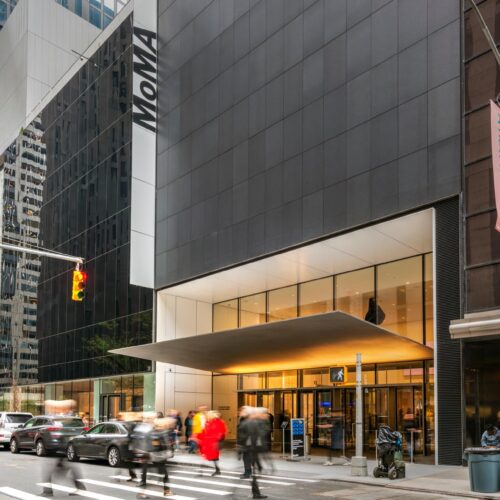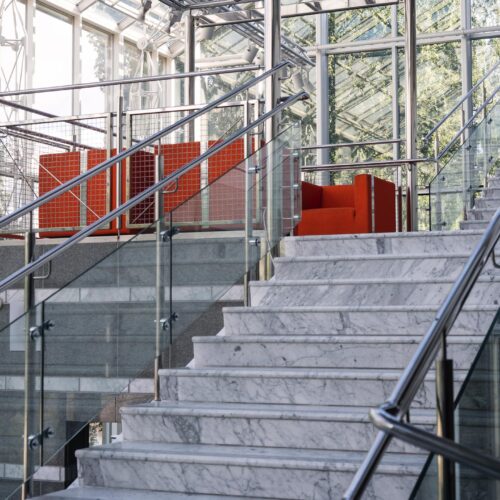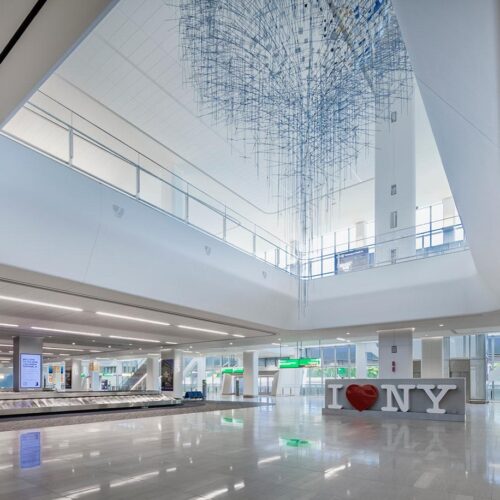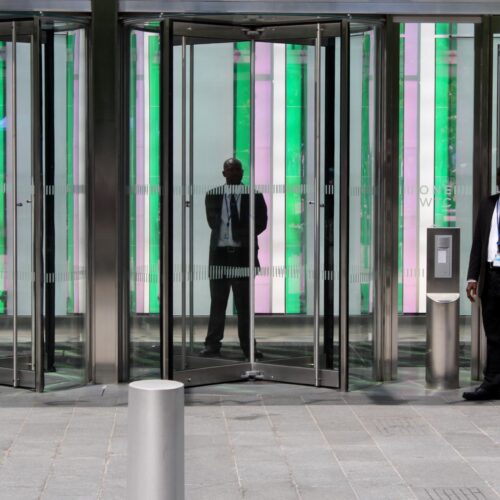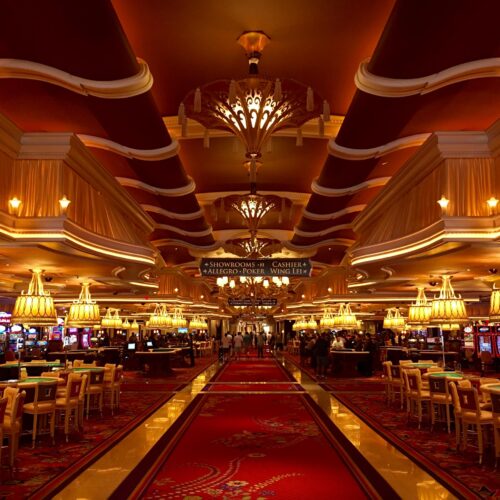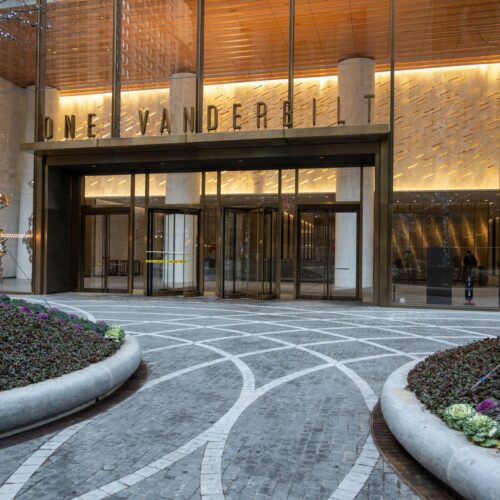History and properties
Bronze became popular in architectural use around the Middle Ages, with bronze-clad doors and windows from this period illustrating the impressive durability of this material. As a copper alloy, architectural bronze is known for shifting in appearance with time, as it develops a patina that changes its color to a deeper shade. This property is often desired and is typically one of the reasons that architectural bronze is selected for design projects, lending an elegant appearance unique among most metals.
Cleaning architectural bronze
Architectural Bronze should be cleaned to prevent the buildup of dirt, grime, and other imperfections that may detract from its appearance. Architectural bronze can be cleaned using a solution of 50% lacquer thinners and 50% water. The metal should be cleaned only with the direction of the grain, rather than against it. Use a lint-free cloth to clean the surface, then rinse the metal, and finally wipe dry with another clean, lint-free cloth.


